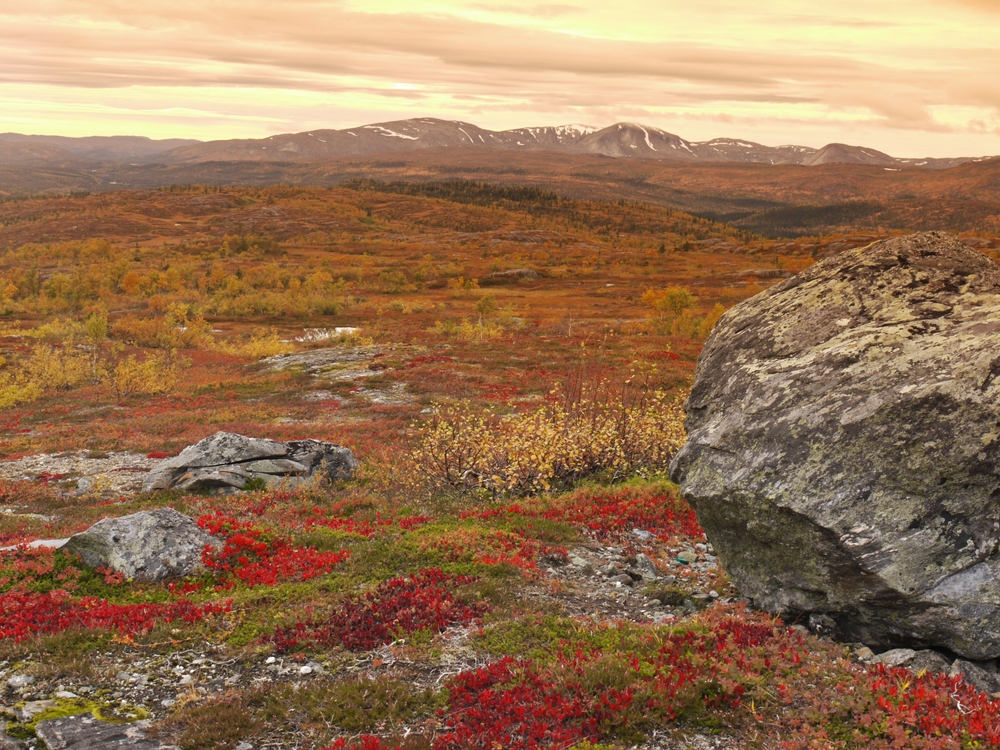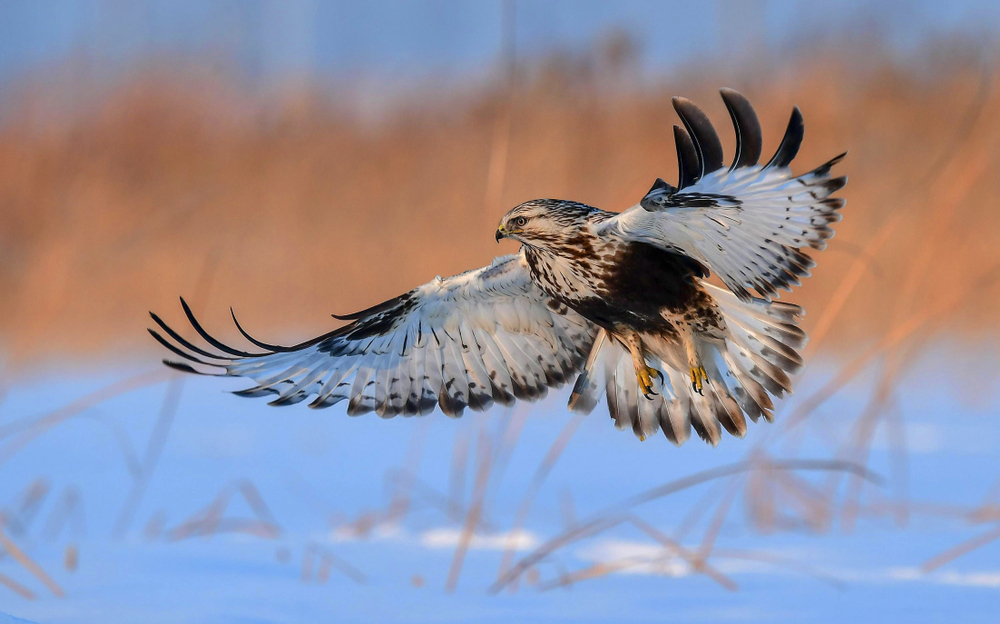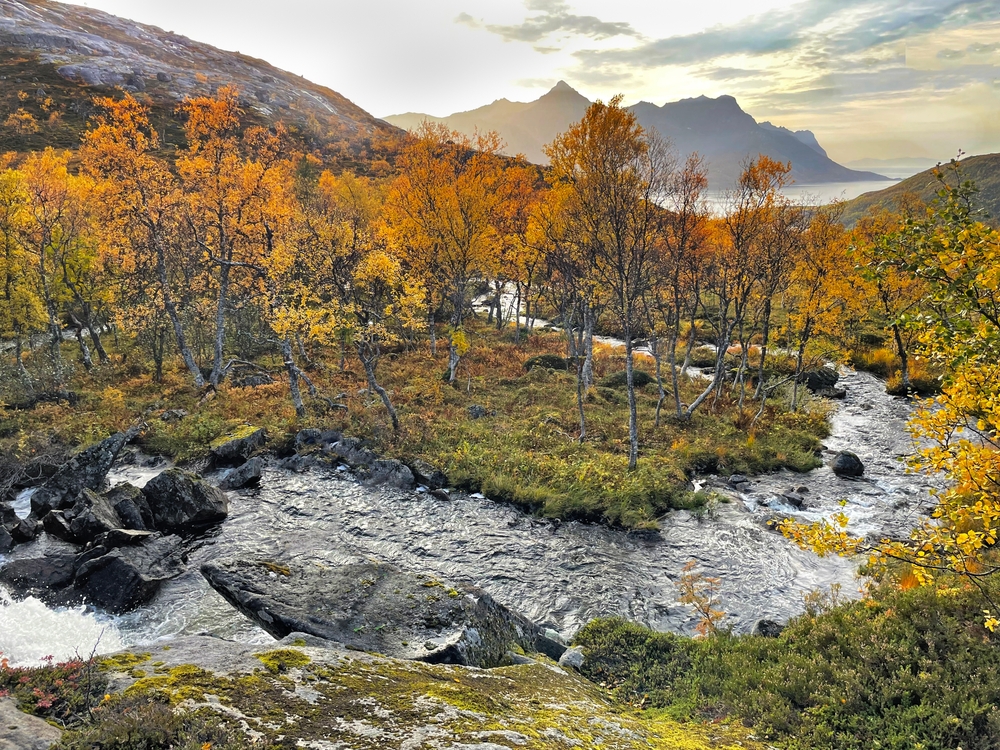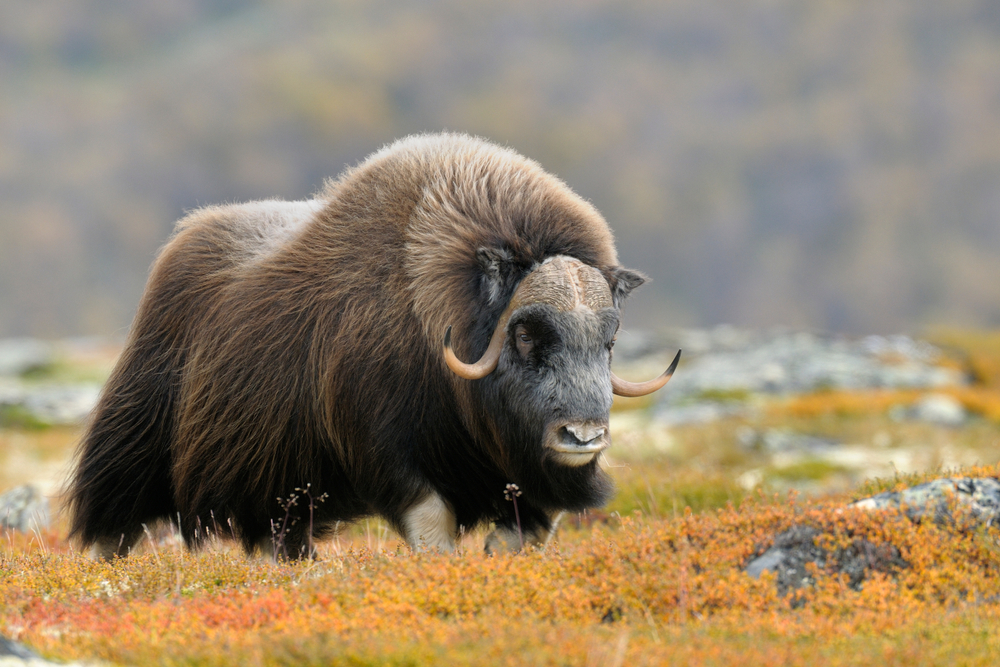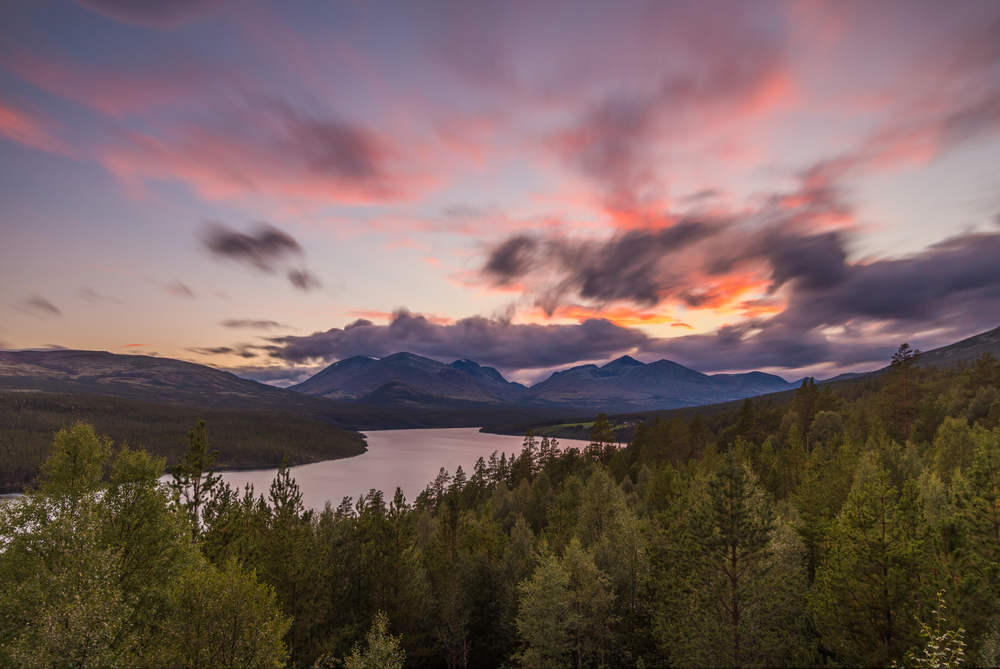Børgefjell Overview
Børgefjell National Park, known as Børgefjell nasjonalpark in Norwegian, is a remote and rugged wilderness located in northern Norway, spanning across the counties of Nordland and Trøndelag.
Covering an area of approximately 417 square miles (1,080 square kilometers), the park is one of Norway’s oldest, having been established in 1963. It is renowned for its unspoiled landscapes, dramatic mountains, and pristine water bodies, offering visitors a true sense of solitude and untouched nature. With no marked trails or facilities, it remains an untamed sanctuary for those seeking adventure and a deep connection with the wild.
The terrain of Børgefjell National Park is characterized by towering peaks, rolling plateaus, and deep valleys, with a landscape sculpted by glaciers over thousands of years. Notable mountains in the park include Kvigtinden, which rises to 5,482 feet (1,671 meters), making it the highest peak in the area.
The park also features a network of rivers and lakes, including the pristine Simskardelva and Namsvatnet, which add to the region’s rugged beauty. The vegetation varies from sparse alpine tundra at higher elevations to dense birch forests and boggy wetlands in the lower valleys. The diversity of plant life includes hardy lichens, mosses, and low-lying shrubs adapted to the harsh northern climate.
Børgefjell National Park is home to a variety of wildlife, with some species being particularly emblematic of the region. One of the park’s most famous inhabitants is the Arctic fox, which has been the focus of conservation efforts due to its declining population. Other mammals found in the park include wolverines, lynx, and reindeer, the latter often seen roaming the vast plateaus.
Moose are commonly sighted in the lower-lying areas, particularly in the birch forests. Bird enthusiasts can expect to see a range of species, including the golden eagle, gyrfalcon, and ptarmigan. The park’s many lakes and rivers also support populations of trout and Arctic char, making it a popular spot for anglers.
A key attraction of Børgefjell National Park is its untouched wilderness, which appeals to those seeking an authentic backcountry experience. Unlike many other national parks, Børgefjell lacks marked trails, cabins, or designated campsites, encouraging visitors to rely on their own navigation and survival skills.
Hiking and fishing are among the most popular activities, with the park’s vast, open spaces offering an unparalleled sense of freedom. Winter visitors can engage in backcountry skiing, though the harsh weather conditions demand proper preparation.
The park is also culturally significant to the indigenous Sámi people, who have used the land for reindeer herding for centuries. Visitors may come across traditional Sámi settlements or encounter herding activities during their explorations.
Conservation in Børgefjell National Park is primarily focused on maintaining its wilderness character while ensuring the protection of vulnerable species such as the Arctic fox. Challenges include climate change, which affects the region’s delicate ecosystems, and human activities like unregulated fishing and hunting.
However, the park has seen conservation successes, particularly in habitat protection and wildlife monitoring. The absence of infrastructure and controlled tourism has helped preserve its pristine nature, making it a model for wilderness conservation in Norway.








































































